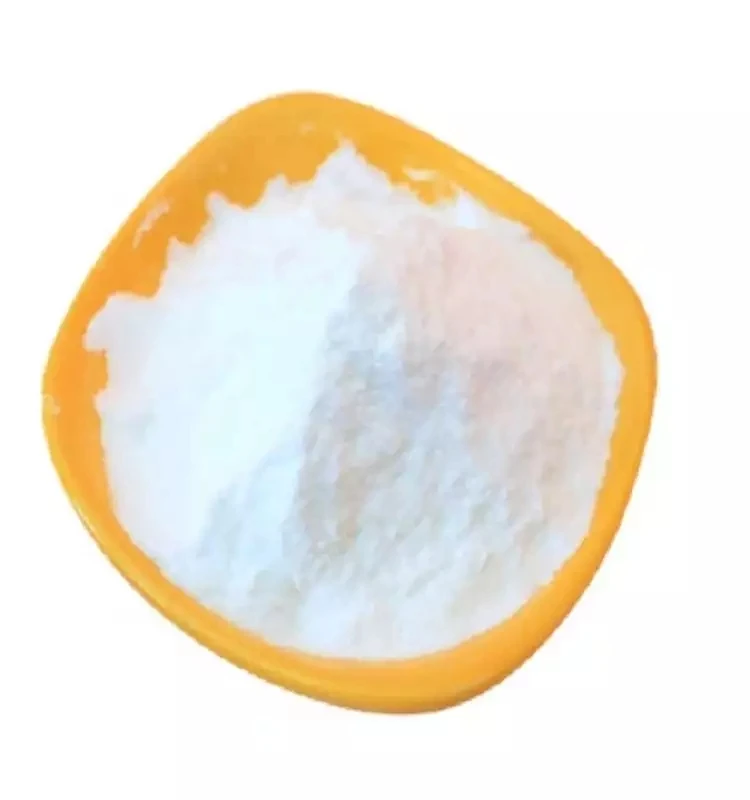Warning: Undefined array key "title" in /home/www/wwwroot/HTML/www.exportstart.com/wp-content/themes/1198/header.php on line 6
Warning: Undefined array key "file" in /home/www/wwwroot/HTML/www.exportstart.com/wp-content/themes/1198/header.php on line 7
Warning: Undefined array key "title" in /home/www/wwwroot/HTML/www.exportstart.com/wp-content/themes/1198/header.php on line 7
Warning: Undefined array key "title" in /home/www/wwwroot/HTML/www.exportstart.com/wp-content/themes/1198/header.php on line 7
- Afrikaans
- Albanian
- Amharic
- Arabic
- Armenian
- Azerbaijani
- Basque
- Belarusian
- Bengali
- Bosnian
- Bulgarian
- Catalan
- Cebuano
- China
- China (Taiwan)
- Corsican
- Croatian
- Czech
- Danish
- Dutch
- English
- Esperanto
- Estonian
- Finnish
- French
- Frisian
- Galician
- Georgian
- German
- Greek
- Gujarati
- Haitian Creole
- hausa
- hawaiian
- Hebrew
- Hindi
- Miao
- Hungarian
- Icelandic
- igbo
- Indonesian
- irish
- Italian
- Japanese
- Javanese
- Kannada
- kazakh
- Khmer
- Rwandese
- Korean
- Kurdish
- Kyrgyz
- Lao
- Latin
- Latvian
- Lithuanian
- Luxembourgish
- Macedonian
- Malgashi
- Malay
- Malayalam
- Maltese
- Maori
- Marathi
- Mongolian
- Myanmar
- Nepali
- Norwegian
- Norwegian
- Occitan
- Pashto
- Persian
- Polish
- Portuguese
- Punjabi
- Romanian
- Russian
- Samoan
- Scottish Gaelic
- Serbian
- Sesotho
- Shona
- Sindhi
- Sinhala
- Slovak
- Slovenian
- Somali
- Spanish
- Sundanese
- Swahili
- Swedish
- Tagalog
- Tajik
- Tamil
- Tatar
- Telugu
- Thai
- Turkish
- Turkmen
- Ukrainian
- Urdu
- Uighur
- Uzbek
- Vietnamese
- Welsh
- Bantu
- Yiddish
- Yoruba
- Zulu
Aug . 18, 2024 03:32 Back to list
Understanding the Effects of Inhibited Propylene Glycol on Industrial Applications and Safety Practices
Inhibited Propylene Glycol An Overview of Its Properties and Applications
Inhibited propylene glycol (IPG) is a specialized form of propylene glycol, a colorless, odorless, and hygroscopic organic compound that is widely used in various industrial and commercial applications. Its formulation integrates inhibitors to enhance its performance in specific environments, making it an essential substance in numerous processes, particularly those involving heat transfer and freeze protection.
Chemical Composition and Properties
Propylene glycol (PG), or propanediol, is a diol with the chemical formula C3H8O2. It is generally recognized as safe (GRAS) by the U.S. Food and Drug Administration (FDA) and has a low toxicity profile, making it suitable for use in food, pharmaceuticals, and cosmetics. The addition of inhibitors to propylene glycol helps to prevent the degradation of the compound, extends its lifespan, and enhances its functional properties in various applications. The inhibitors may include substances such as corrosion inhibitors, anti-foam agents, and biocides, which collectively prevent the formation of harmful byproducts and ensure the stability of the solution.
Applications in Antifreeze and Heat Transfer Fluids
One of the primary uses of inhibited propylene glycol is in antifreeze and heat transfer fluids
. Its innate low freezing point and high boiling point make it an ideal medium for heat exchange systems, such as those used in heating, ventilation, and air conditioning (HVAC) installations, as well as in refrigeration systems. The inhibitors added to the propylene glycol not only improve thermal conductivity but also protect metal surfaces from corrosion, thus prolonging the service life of the equipment.In industries where high temperatures are involved, such as power plants and chemical processing, IPG serves as a reliable heat transfer fluid. The efficiency of these systems is enhanced by using inhibited propylene glycol, as it minimizes thermal degradation and improves the overall energy efficiency of the process.
inhibited propylene glycol

Importance in Food and Beverage Industry
Inhibited propylene glycol is also significant in the food and beverage industry. Its use as a food-grade coolant ensures that temperature-sensitive products are preserved without compromising quality. Its addition to food products as a humectant helps retain moisture and enhances texture, while also extending shelf life. Since it is non-toxic, it is widely accepted in applications where direct food contact is inevitable.
Environmental Considerations
In recent years, the environmental impact of industrial chemicals has come under scrutiny. Inhibited propylene glycol is considered a more environmentally friendly alternative compared to ethylene glycol, which is more toxic and poses greater risks to aquatic life. While IPG still requires careful handling and management, its relatively low toxicity makes it a preferred choice for those seeking sustainable solutions in their operations.
Conclusion
Inhibited propylene glycol is a versatile compound that plays a crucial role in various industrial applications. Its unique properties, coupled with the benefits provided by inhibitors, make it an invaluable resource in the production of antifreeze, heat transfer fluids, and food products. As industries continue to prioritize safety, efficiency, and environmental responsibility, IPG stands out as a reliable and effective solution. Understanding its properties and applications can lead to better utilization and innovation within various fields, ensuring that we harness the benefits of this remarkable compound responsibly and sustainably.
Latest news
-
Certifications for Vegetarian and Xanthan Gum Vegetarian
NewsJun.17,2025
-
Sustainability Trends Reshaping the SLES N70 Market
NewsJun.17,2025
-
Propylene Glycol Use in Vaccines: Balancing Function and Perception
NewsJun.17,2025
-
Petroleum Jelly in Skincare: Balancing Benefits and Backlash
NewsJun.17,2025
-
Energy Price Volatility and Ripple Effect on Caprolactam Markets
NewsJun.17,2025
-
Spectroscopic Techniques for Adipic Acid Molecular Weight
NewsJun.17,2025

